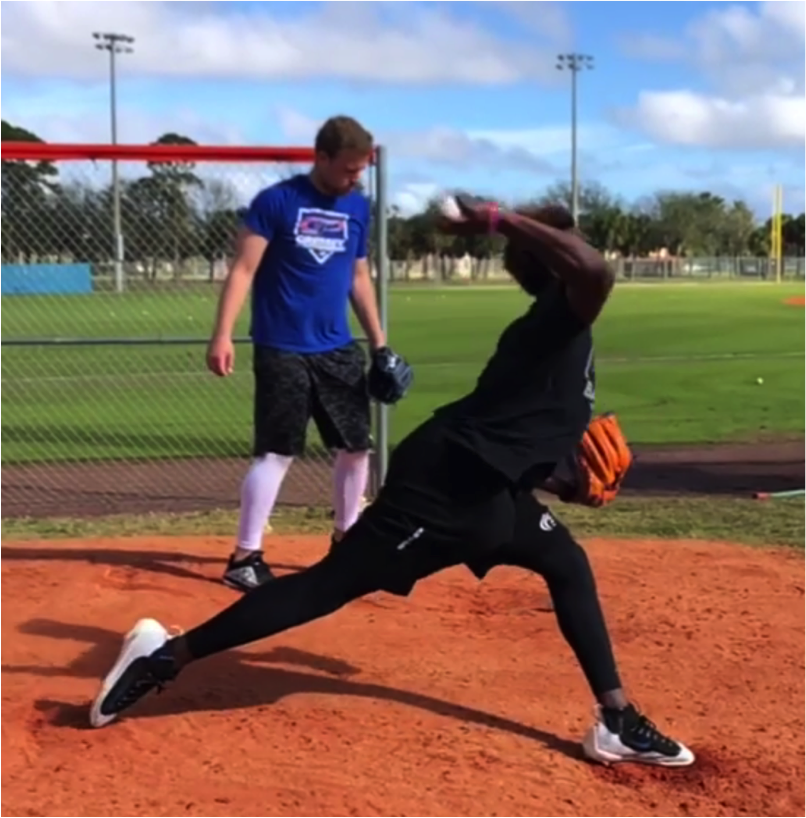
If You Could Only Pick One…
Each time I run a Q&A, I get questions along the lines of:
If you could only pick one hip mobility assessment, what would it be?
If you could only pick one exercise to build pitching velocity, what would it be?
If you could only pick one shoulder exercise to fix my shoulder pain, what would it be?
You know what’s awesome? With respect to all of these questions – and many more – I’ve NEVER in my entire career had to choose just one.
There may be no such thing as a stupid question, but there are stupid lines of thinking – and this reductionist approach to solving health and human performance problems is a big issue in our industry. In my experience, we see far more chronic issues develop because individuals fail to see the synergy among many factors, as opposed to their inability to hone in on the most important one. I’ll give you an example.
Earlier this year, we saw a pitcher with a cranky ulnar nerve. He’d had mixed results with anti-inflammatory medications.
As it turns out, he had a subluxating ulnar nerve, which would predispose him to this issue during a motion like pitching that involves repeated flexion/extension, especially when combined with valgus stress (which stretches the nerve).
He did some extensive manual therapy with my business partner, massage therapist Shane Rye, who treated everything from his neck down to his forearm. This alone gave him a ton of relief – and he even commented that he felt a lot better with respect to some shoulder and neck issues he’d had previously.
In his movement screen, we’d noticed a lot of glaring scapular control issues. At rest, he sat in considerable anterior tilt and depression. Upon initiation of overhead reaching, he pulled into retraction instead of initiating smooth upward rotation. Most of his “external rotation” was actually scapular retraction and lumbar extension. In short, he was getting a lot of motion in the wrong places during several upper extremity assessments – and when we went to watch his arm care exercises, they were reaffirming all these faulty patterns. As an example, he was pulling down with the lat on horizontal abduction work, going into forward head posture on a lot of lifts, and banging out push-ups that looked a lot like this.
Morever, the exercise selection in his strength and conditioning programs were contributing to these aberrant patterns. His program was very lat dominant, and he wasn’t doing enough work above 90 degrees of shoulder elevation to drive better patterns of upward rotation with good scapular posterior tilt. And, if that wasn’t enough, he was using blood flow restricted training on his upper arm regularly in hopes of optimizing recovery. In reality, the compression was probably “snagging” his nerve even more.
We made a bunch of changes – picking lots of very easy, low-hanging fruit – and he hasn’t had issues with the nerve all season. I can’t tell you exactly which ONE of these interventions had the biggest impact on him staying healthy – but the good news is that it doesn’t matter. Success is a function of over a dozen assessments and several interventions from multiple people.
With that mind, quit looking for a quick, easy, reductionist answer. It’s not about a single assessment, exercise, or coaching cue any more than it is about a magic pill. Rather, it’s about how all the pieces fit together. If you look around at the best coaches and rehabilitation specialists in the industry today, they’re usually very well rounded in terms of their knowledge base, skill sets, and referral network. As a result, they can appreciating multiple disciplines and provide comprehensive care to the athletes, clients, and patients they serve.



